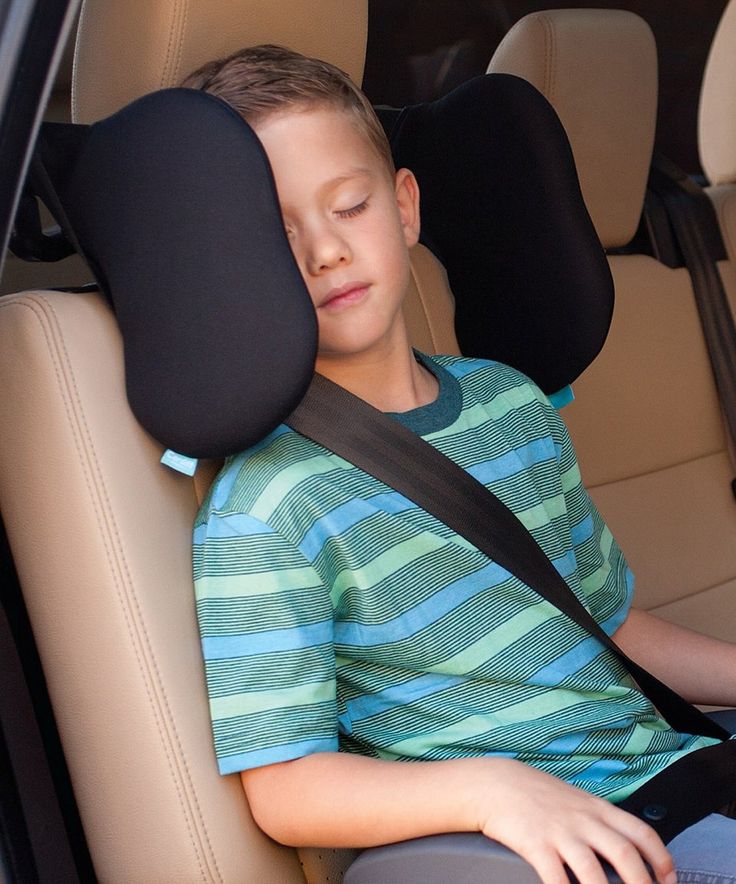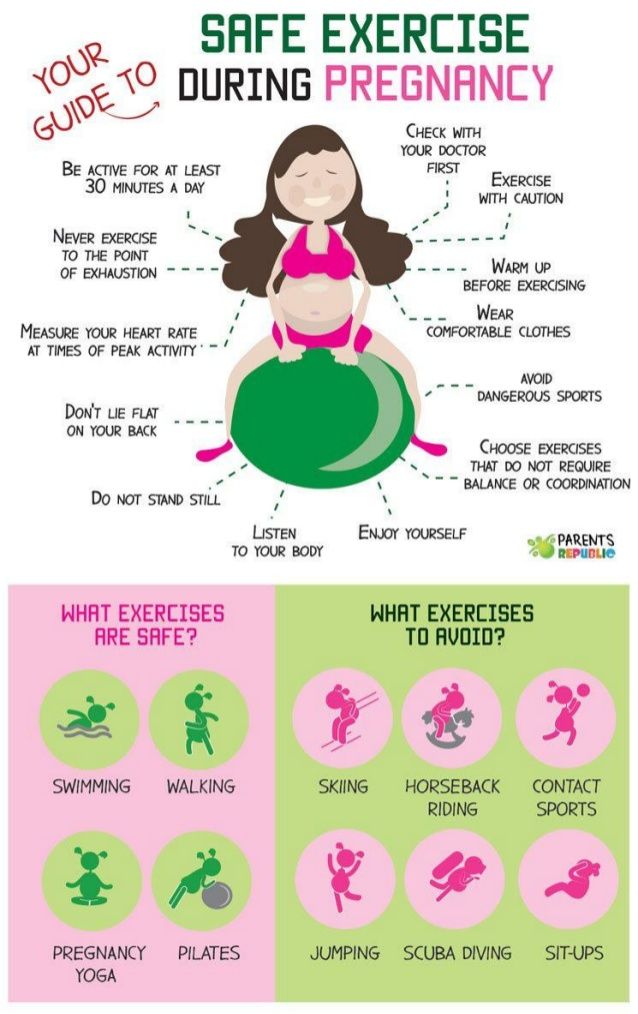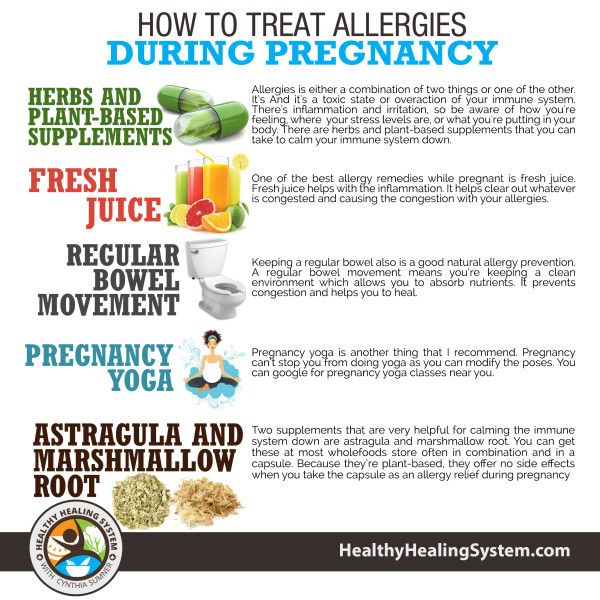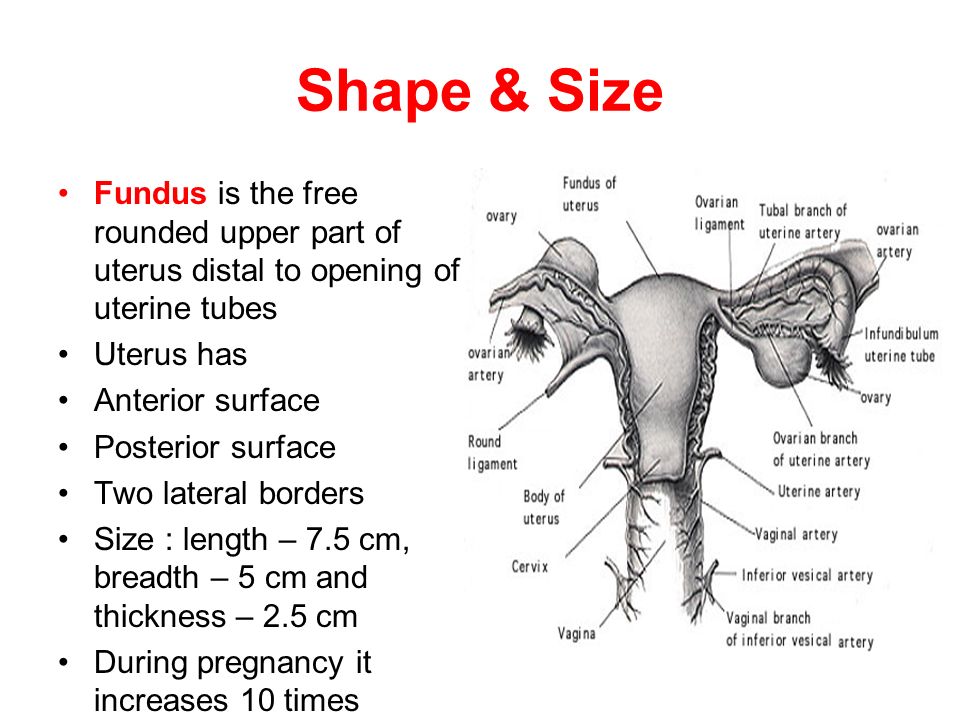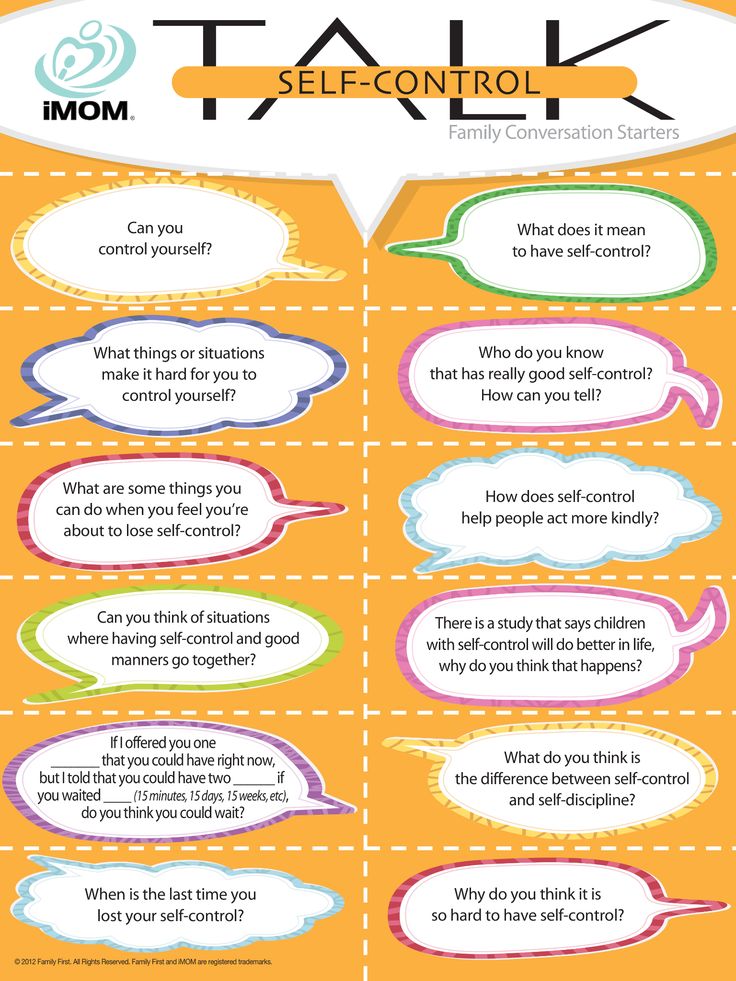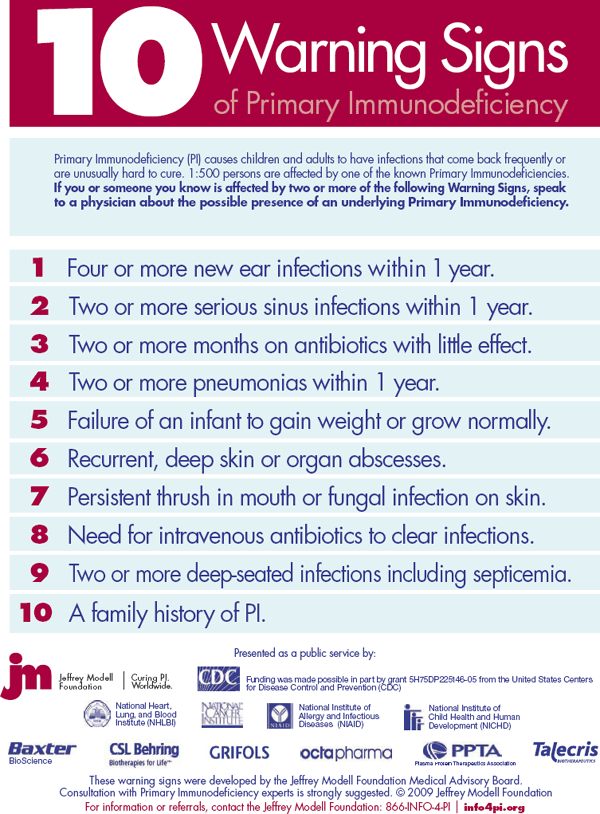How to protect leather seats from child seat
How To Protect Leather Seats From Car Seat Marks
Car seats are necessary to keep your baby safe, but they can wreak havoc on your own car seats. They typically just leave an indention on cloth seats.
Leather seats are a different story. They can cause rips, slowly break down the leather, and cause permanent intentions. To keep your leather seats in top shape, you need to learn how to protect leather seats from car seats.
In this article
- How Do Car Seats Damage Leather Seats?
- They Wear Down The Leather
- Car Seats Can Lead To Cracking And Tearing
- You Might Wind Up With Uneven Colored Leather
- How To Protect Leather Seats From Car Seat
- Use Towels To Prevent Indentions
- Leather Car Seat Protectors
- Take The Car Seat Out Of The Car When Not In Use
- Avoid Using The Same Spot In The Car
- How To Treat Existing Indentions On Leather Seats From Car Seats
- Treat Existing Marks As Soon As They Appear
- Use Heat To Smooth Out Seats
- In Conclusion
How Do Car Seats Damage Leather Seats?
If you’re on your first baby, you might be wondering how an innocent car seat can damage leather seats.
Trust me when I tell you that, over time, car seats can cause irreparable damage. That’s why it’s important to protect leather seats from car seats from the day you bring the baby home.
They Wear Down The Leather
Car seats are buckled into place, but this doesn’t keep them in one position for the entire car ride. As you drive along, the car seat will move a tiny bit. When your baby gets older, they will kick their legs, which will also make the seat move.
As this continues, the car seat rubbing against the leather will begin to wear down the leather. It will result in cracks, worn spots, and possibly rips.
Car Seats Can Lead To Cracking And Tearing
Car seats also damage leather seating by constantly applying pressure to the leather. When the car seat is left sitting in the same spot, it consistently pushes down on the same spot on the seat.
Over time, this can lead to a permanent indention. This indention can get worse, leading to cracking or tearing of the leather.
You Might Wind Up With Uneven Colored Leather
Last, you have to keep in mind that the color of leather tends to fade over time when exposed to direct sunlight.
If the car seat is left sitting in the same position, that part of the leather seat will be exposed to less sunlight than the rest of the car. The end result is that your seats will be different colors.
How To Protect Leather Seats From Car Seat
If you want to avoid damage to your car, you need to learn how to protect your leather seats from a car seat. There are quite a few different things that you can do to make sure that your car stays in mint condition.
Use Towels To Prevent Indentions
Most car seats are not perfectly flat on the bottom. In fact, none of them are. Because of that, certain parts of the car seat will dig into your leather seats. You can put towels or a blanket underneath the car seat to make sure that the car seat isn’t digging into your leather seat.
When using this method, do not roll the towel up.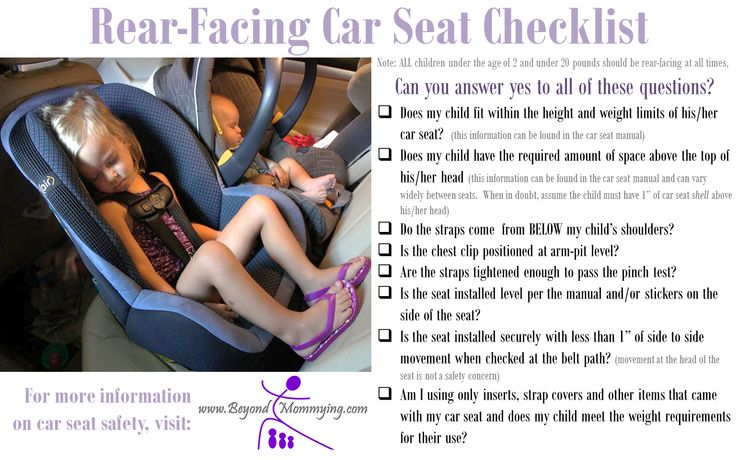 You don’t want it to lift the car seat up too high. Changing the position of the car seat in the car can make it unsafe for your baby. Instead, use a thin towel.
You don’t want it to lift the car seat up too high. Changing the position of the car seat in the car can make it unsafe for your baby. Instead, use a thin towel.
Keep in mind that this can provide some protection, but, because you have to use a thin towel, it’s not the best option there is. But there are towel-type car set options available like this.
Leather Car Seat Protectors
Car seat protectors are the best option for protecting leather seats. They come in a variety of sizes and colors to guarantee that you can find something to suit both your car and your style.
Most of these seat protectors provide additional padding to prevent sharp edges of car seats from digging into the leather. They are secured in place, so there is little chance of them moving, or moving the position of the car seat in the car.
You should still take extra precautions, but leather seat protectors like this one will do a lot of the work for you in protecting your leather seats from a car seat.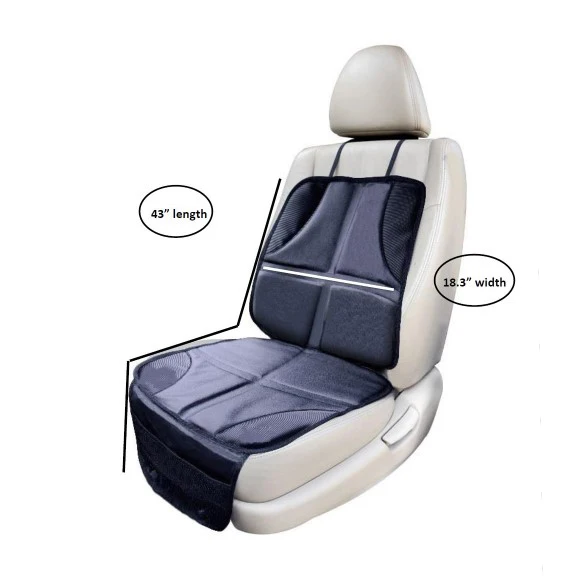
Take The Car Seat Out Of The Car When Not In Use
This is an exceptional way to prevent uneven fading. You can also prevent future damage to leather seats because there will not be consistent pressure in the same spot on the leather.
Instead, your seats will get a break when you take the car seat out of the car. Every time you go in the house, make sure that you take the car seat inside with you.
Avoid Using The Same Spot In The Car
When you place the car seat in the car, use different seats. Put it on one side of the car one day. Use the middle of the bench seat the next day. Then, switch it back.
This helps prevent permanent intentions that will slowly turn into ripped or cracked leather because the car seat is not putting continuous pressure on the same part of the leather seat.
How To Treat Existing Indentions On Leather Seats From Car Seats
If you don’t have a car seat protector, you’re bound to see an indention after you and your baby were in the car all day. Even if you were just running errands, this can happen.
Even if you were just running errands, this can happen.
It’s important that you take the time to treat those intentions. Although they appear small, they can turn into cracks in the leather if they are left untreated.
Treat Existing Marks As Soon As They Appear
By cleaning and properly conditioning your leather seats, you can help prevent small intentions from becoming a permanent problem. This is a simple process that only takes a few minutes.
You simply wipe the leather conditioner into the seat, focusing on the area that has an indention. This will help to soften the leather to smooth out the indention.
After doing this, you’ll want to make sure that you let the leather rest before putting the car seat back in.
Use Heat To Smooth Out Seats
If the leather conditioner doesn’t work, the heat method will. This is a great way to smooth out leather seats, especially if you have more than one indention or they were not treated as soon as you saw them.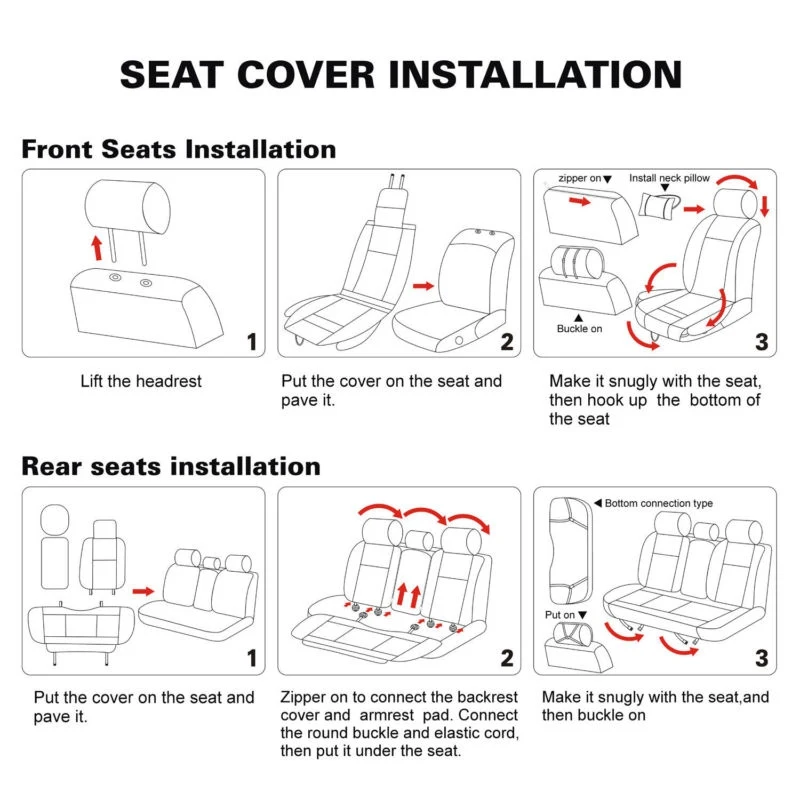
Check out this video to learn more about how to use this method.
In Conclusion
Car seats can damage leather seats, which is why it’s important to learn how to protect leather seats from car seats.
These tips and tricks will help you keep your car in great condition, even with a kid on your hip. Keep in mind that a leather car seat protector is your best bet at preventing damage.
How Can I Protect My Leather Car Seats From Child Seats?
When a family decides to welcome children, many aspects of their lifestyle will change. That doesn’t just refer to their lifestyle at home, but also the vehicles that they own. So what’s the first and most important change that parents make to their cars? That’s right! Child car seats.
These days, installing child car seats is not a problem at all. Most makes and models already come with tethers built-in, so all you’d have to do is buy a good quality child car seat to fix on one of the car’s back seats.
But what happens if you have leather car seats? You know that putting child car seats on leather could damage the material, but you also know that the child seat has to go in regardless. So, how can you protect your leather car seat from child seat damage?
That’s what we’re going to explore in this article. First, we’ll understand what kind of damage those seats can cause to the leather in your car. Then, we’ll also see the easy ways you can protect your leather car seats.
In the end, you’ll see that even with a new child in the family, you won’t have to give up the luxuries you already enjoy, like your car’s leather upholstery.
Do Kids Car Seats Damage Leather Seats?
Let's kick things off by taking a step back and asking an important question: Do kids' car seats damage leather seats? The answer is yes.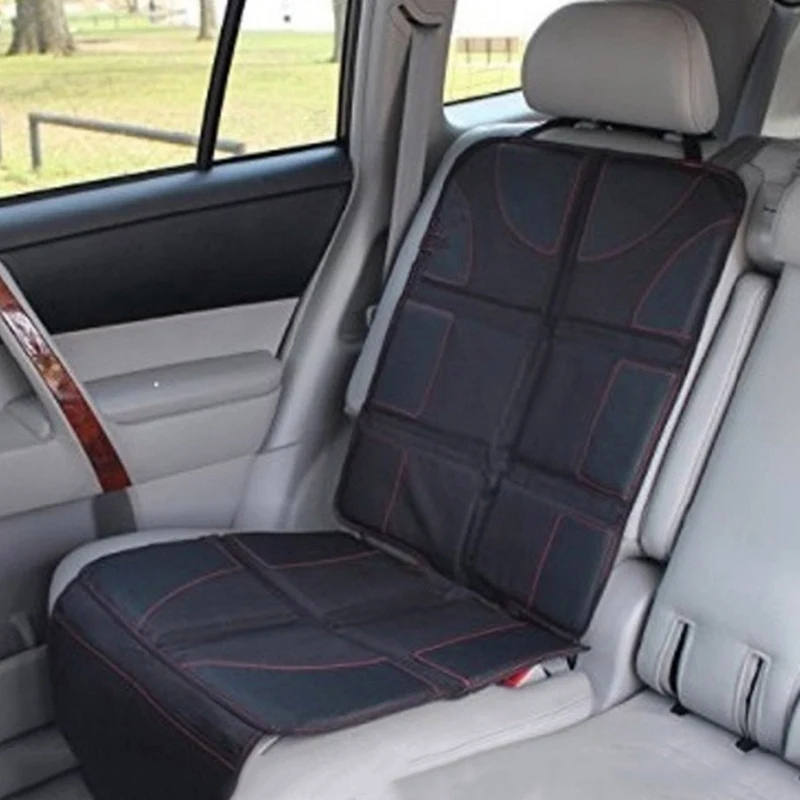
Remember: Child car seats are installed by placing them on top of your car’s existing seats before tethering them to the car’s frame to keep the child safe at all times.
The weight of your child will press that seat down onto the leather underneath it. As the car moves, the child’s seat may also shift a little and cause scuffs, creases, scratches, and other unsightly damage to your precious leather.
So, in short, the answer is yes, kids' car seats can damage leather seats. As much as you love your kids – there’s no mistaking that – you may be shocked to learn that the same protective seats that keep them safe can cause damage to your leather seats.
Don’t worry, though. There’s no need to sacrifice the safety of one for the other because there are plenty of ways you can prevent that damage from happening!
How to Protect Leather Car Seats from Child Seats
There are many ways to protect your leather car seats from damage caused by child seats. However, many of them involve the same idea: adding an extra layer on top of the leather, such as a car seat cover or seat protector. That extra layer will absorb any damage from the child car seat.
However, many of them involve the same idea: adding an extra layer on top of the leather, such as a car seat cover or seat protector. That extra layer will absorb any damage from the child car seat.
Let’s dive a little deeper.
Shelf Liner Paper
Protecting your leather seats doesn’t necessarily have to be expensive or complicated; you can always start with the basics, like using shelf liner paper.
Many households have rolls of that kind of paper lying around. If you've got some at home, then that would be great! You can just cut out a big-enough piece and lay it under the child car seat. That should prevent scratches and other forms of damage from transferring to the leather seat beneath.
Towels
Another common household item that you could use is towels. They’re soft, they’re cheap, and you’ve certainly got extra ones in your cupboard somewhere.
Lay them flat underneath the child's car seat. That's better than rolling or folding the towel, which might pose a safety risk if you were to ever get in a car accident.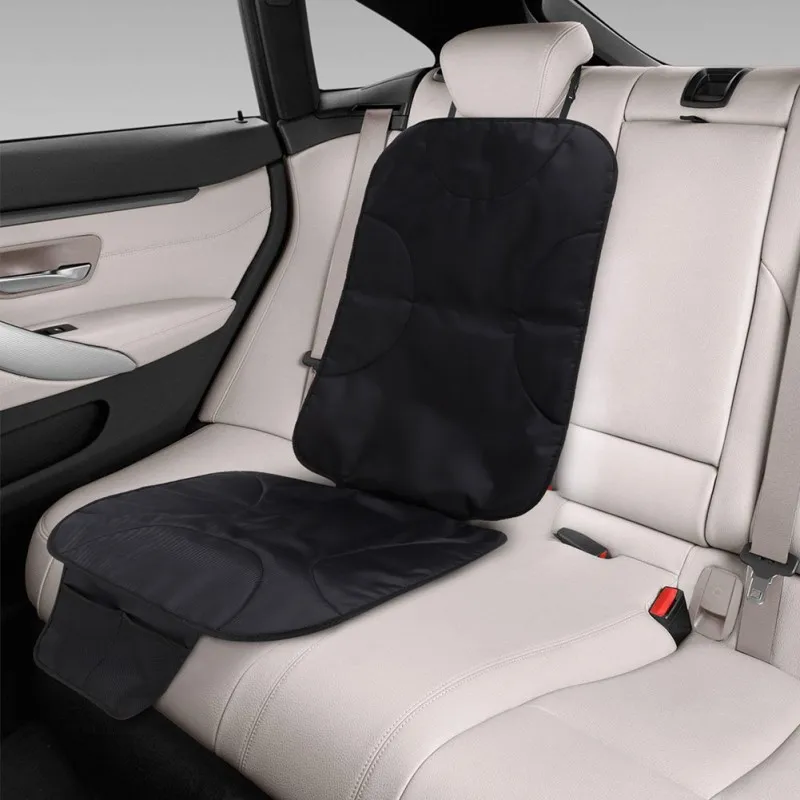
As a bonus, towels can also absorb any liquid spills caused by the child occupying the seat. Or, in a pinch, you could use that towel to wipe up your leather seats as well.
Mats
Another low-cost solution is to use a simple mat. Something made of rubber would be ideal, as that kind of material can play a double role: it can prevent damage to your leather seats while preventing the child seat from sliding.
That’s a win-win situation for everyone.
Invest in a Car Seat Protector
Of course, if you prefer something explicitly built for this kind of situation, you could always shell out some money for a proper car seat protector. You can easily find one that’s tailored for your particular car make and model, so you’ll get a perfect fit each time.
There are plenty of these on the market, so finding them is straightforward. They’re typically marketed as a way to protect car seats from animals, but they’ll do a great job to protect the leather from your child car seat’s bottom as well.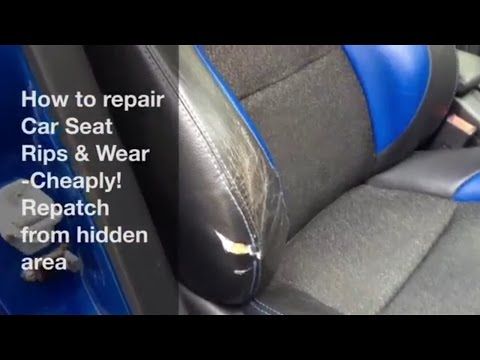
Regular Maintenance
Even with the best seat protector, leather damage can accumulate over time. That’s why it’s also an excellent idea to get serious about regularly maintaining your leather seats.
You might already have a maintenance plan for your car seats that includes cleaning and conditioning. Still, if you’re going to put a car seat in there, you might want to increase that maintenance frequency.
By cleaning and conditioning the leather regularly, you’ll sort out any child seat damage while it’s not yet full-blown.
Hire a Professional
Don’t be ashamed to hire a professional to help you out, especially if it’s your first time installing a car seat in your vehicle. A professional will know how to install child car seats, and they’ll undoubtedly know how to do it without damaging leather car seats.
As a bonus, you can also use this as a sort of ‘coaching’ opportunity. Ask the professional installer if you have any questions and learn tips about placing and removing the child car seats yourself.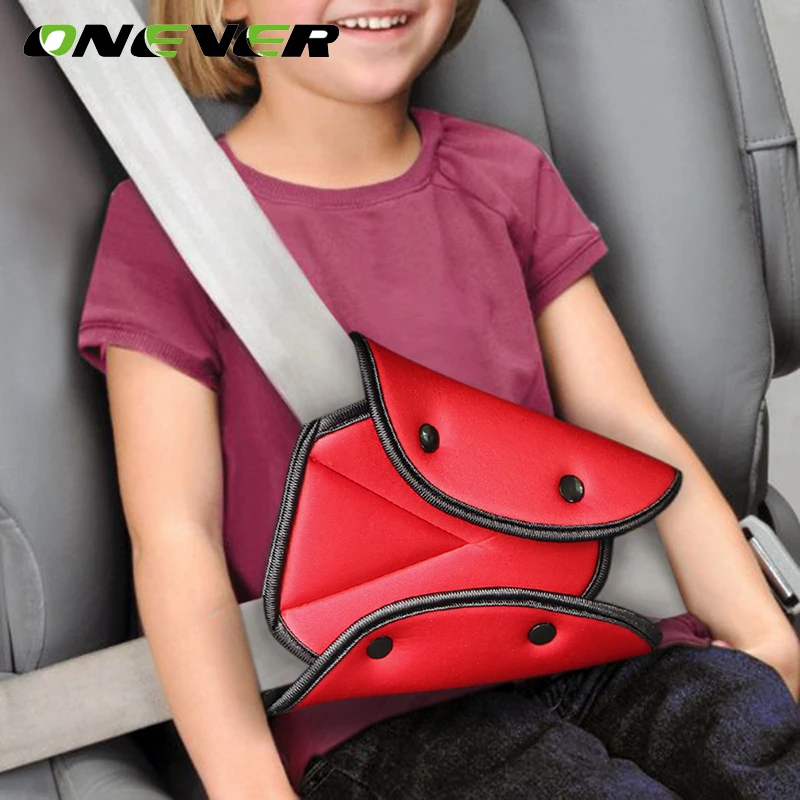
Is It Safe to Put a Seat Protector Under a Car Seat?
Yes, it's safe to put a seat protector under a car seat as long as it’s flat. If you’re using materials like a mat or a towel, never roll or fold it when placing under child car seats. That would give the child seat an uneven surface to rest on, which could be bad news in the case of an accident.
Keep Safe by Keeping Yourself Properly Informed!
To learn more about child car seats and other car-related matters, make it a habit to check out our blog at Carpart.com.au. It’s where you’ll find highly-informative articles and guides to help you become a better car owner.
Should you need replacement parts or car accessories, the same place provides quick access to reputable car part sellers and Aussie wreckers. Simply place a request for parts, and the quotes will start coming your way! Try it and get a quote now!
By Ray Hasbollah
How to protect car seats from dirt and children's feet? Reduce wear and tear on interior leather and backrests
It is the condition of car seats that is the main factor that determines the overall impression of the interior of the cabin.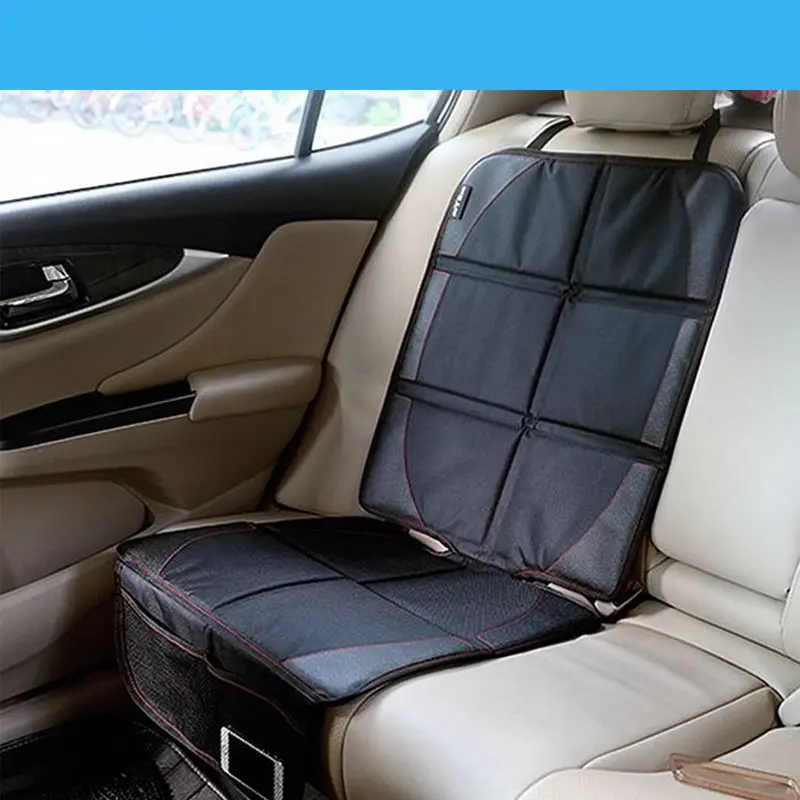 But if the vehicle is used daily, besides, at least occasionally children or pets drive it, it is quite difficult to maintain the original appearance of the seats. Scuffs, scratches or stains on the seats make the interior less tidy and significantly reduce the value of the car.
But if the vehicle is used daily, besides, at least occasionally children or pets drive it, it is quite difficult to maintain the original appearance of the seats. Scuffs, scratches or stains on the seats make the interior less tidy and significantly reduce the value of the car.
Factors accelerating interior wear
A car with a spectacular leather interior is the dream of most motorists. But if you take care of the chairs incorrectly and do not protect the coating from external factors in time, the leather (and even more so textiles) will quickly lose its attractiveness.
The main enemies of the leather interior:
- dust and dirt particles leave scratches, abrasions on leather products;
- human sweat contains substances that destroy the factory protective layer of the interior;
- squirming on the seat when wearing hard material or with hard patches will damage the upholstery;
- The use of unsuitable interior cleaning chemicals may cause deterioration or discolouration of the trim material.

If the family has a small child who rides in a car seat, you need to be prepared for the fact that the baby will shuffle his feet on the back of the front seat, which does not contribute to maintaining its aesthetic appearance. Older ones strive to climb into a chair with dirty shoes. During a long trip, children usually eat and drink in the cabin, which also always poses a certain risk for expensive upholstery.
Owners of cats and dogs are often faced with the need to transport the animal in a car. Despite the fact that many use special carriers for this purpose, there is always a risk that the animal will scratch the upholstery of the chair with its claws.
But even the most careful drivers and passengers should understand that with everyday touching of a car dealership with hands, even if they have just been washed, glossy spots form on textiles, and abrasions on leather cover. But all this is easy to avoid if you follow a few rules.
How to prevent interior wear?
Keeping your car interior clean and beautiful is not as difficult as it might seem at first.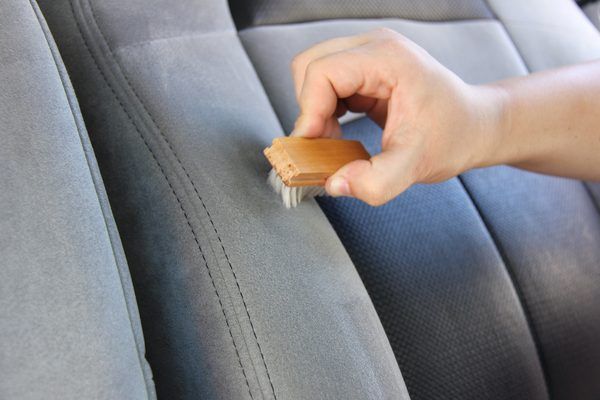 It will be possible to protect the seats from rapid wear if:
It will be possible to protect the seats from rapid wear if:
- regularly clean the interior from dust;
- use professional products for cleaning textiles or leather;
- Treat leather upholstery with a protective coating;
- use car seat covers.
The last point is the most important, as the cape will protect both from mechanical damage to the upholstery and from dirt.
How to choose a car seat cover?
Structurally, there are several types of auto capes:
- classic - protect the front and sides;
- covers - covers the entire chair, including the back panel;
- T-shirts - cover the part of the seat that comes into contact with the body of the passenger or driver.
The larger the area of the autocover, the more difficult it is to remove such a product, but the higher the degree of protection of the chair.
As for the material, for tailoring autocapes use:
- hard composites;
- macrame;
- microporous synthetic materials;
- fabrics of natural fibres;
- alcantara.

Alcantara car capes are one of the most popular options today. It is a synthetic material developed and patented by Italian textile workers. Tactilely, the fabric resembles soft suede, but it significantly surpasses it in terms of strength, wear resistance and ease of care. It is this material that the popular Russian manufacturer Trokot uses for tailoring car capes.
When choosing a car seat cover that would perfectly protect against dirt and children's feet, it is important to pay attention to the following factors:
- product width;
- secure fit;
- material strength.
In this regard, Trokot's capes can be called ideal. The company's products have an optimal width and shape, and are fixed on the chairs with a reliable and almost imperceptible fastener.
Benefits of using wraps
Using a textile or leather car seat cover protects the interior from the accumulation of dust, dirt, animal hair, spilled drinks and food crumbs, chewing gums and sweets that a child accidentally lost, mechanical damage and fading of the upholstery under the sun. In addition, an auto cape is also the easiest way to change the style of the salon, make it unique, decorate it to your liking. The Trokot range includes capes for the salon in a very wide color palette and in different designs.
In addition, an auto cape is also the easiest way to change the style of the salon, make it unique, decorate it to your liking. The Trokot range includes capes for the salon in a very wide color palette and in different designs.
How do I clean car seats and child seats? -
Do you wash your car seats regularly? What methods do you use to remove stains? What is the best way to wash the car seats if there are stains on it from food and drinks, from cosmetics, from street dirt?
We've rounded up tips for caring for fabric, leather seats and even your child's car seat.
How to clean your fabric car covers
Fabric stains more easily than leather and is harder to clean.
On the other hand, fabric car seat covers are more resistant to scratches.
Before you start cleaning the seats, you need to take a vacuum cleaner and clean them well.
How to Clean Car Seats with Vinegar
White vinegar, in addition to its cleaning power, also disinfects your seats and removes bad odors. Recommended for stains from food, drinks. Perfect for a child seat!
Recommended for stains from food, drinks. Perfect for a child seat!
You will need:
- white vinegar;
- water;
- dishwashing liquid;
- two sponges.
How to clean a car seat:
- dilute 0.5 liters of white vinegar and 2 tablespoons of dishwashing liquid in 0.25 liters of water;
- dampen the sponge and wipe the cloth in a circular motion;
- Rinse with a clean sponge dampened with clean water and allow to dry, leaving the windows open.
Soda cleans and degreases
Baking soda is very effective against grease stains on seats.
You will need:
- gloves to protect your hands;
- 1 glass of soda;
- hot water for cleaning and clean water for rinsing;
- 2 sponges.
How to clean car seats:
- mix 1 liter of hot water and 1 glass of baking soda;
- moisten a sponge with this mixture while protecting your hands with gloves;
- wipe the seats, paying particular attention to stains;
- Rinse with a clean sponge and clean water and then allow to air dry.

Steam Seat Cleaning
Here we remind you of an ecological method that is very effective for fabric seats.
Steam cleaner effective on all stains, recommended for cleaning child seats.
Ammonia will help clean car seats
Attention: ammonia gives off very irritating fumes, you must wash the outside of the seats and ventilate after that, leaving the doors open. Also, this method is not recommended for a child car seat.
You will need:
- ammonia;
- rinse water;
- 2 napkins.
How to clean car seats:
- moisten a cloth with ammonia and wipe the seats in a circular motion, paying attention to stains;
- Rinse with a damp, clean cloth and allow to air dry.
How to clean and protect leather car seats
Leather and synthetic leather seats are water resistant. However, over the years they can get dirty, dull and dry.